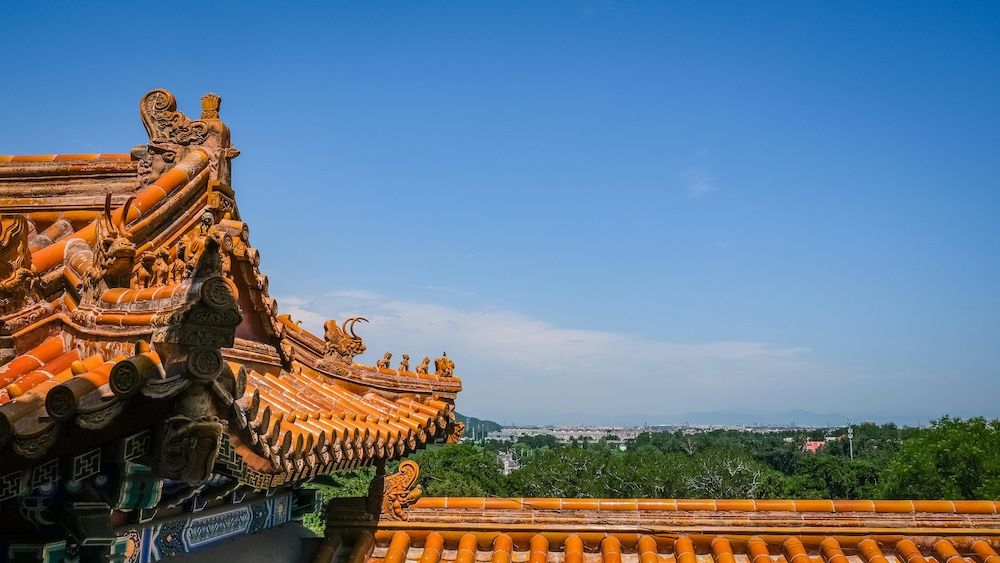The Forbidden City in Beijing, as an outstanding representative of ancient Chinese palaces, is located in the heart of Beijing, backed by Jingshan Hill and facing Tiananmen Square, creating a unique urban layout. This grand palace complex was constructed during the Ming Dynasty, starting in 1406 and completed in 1420, serving as the imperial palace for 24 emperors until the fall of the Qing Dynasty in 1912, making it the last imperial palace in Chinese feudal society.
The complex covers approximately 720,000 square meters and is divided into two main parts: the Outer Court and the Inner Court. The Outer Court was primarily used for grand ceremonies and political activities, while the Inner Court served as the residence for the emperor and his consorts. The entire architectural layout of the Forbidden City presents a clear central axis, reflecting the traditional Chinese philosophy of "harmony between heaven and man," giving it a sense of solemnity and grandeur. The main hall of the Forbidden City, the Hall of Supreme Harmony, is where emperors held significant ceremonies such as coronations, weddings, and meetings with foreign dignitaries. Its magnificent exterior and exquisite decorations showcase an extremely high level of architectural art.
The roofs of the buildings are primarily covered with yellow glazed tiles, symbolizing imperial authority, while the red walls signify auspiciousness and wealth. These vibrant colors shine brightly under the sun. The courtyards, corridors, and waterways between the palaces form exquisite scenes, creating a tranquil and dignified atmosphere. In addition to the main buildings, the Forbidden City also features numerous garden landscapes, such as the Imperial Garden, which is home to many ancient trees and flowers, adding vitality to the palace.
The Palace Museum is one of the primary functions of the Forbidden City, housing a vast collection of over 1.8 million priceless artifacts. The collection is diverse, including bronzes, ceramics, calligraphy, paintings, jade, and silk, with a particular richness in artifacts from the Ming and Qing Dynasties. Many of these works represent traditional Chinese art, such as Song Dynasty official kiln ceramics and Qing Dynasty court paintings. These precious artifacts not only demonstrate the craftsmanship of ancient China but also reflect the social life and cultural customs of the time.
Each year, the Forbidden City attracts millions of visitors, becoming an important site for both domestic and international tourists to learn about Chinese history and culture. Visitors can enter through the South Gate and follow designated routes to appreciate the unique charm of each palace. The Forbidden City also has several exhibition halls that regularly host various exhibitions and cultural activities, allowing visitors to gain deeper insights into this historical and cultural heritage.
In terms of preservation and inheritance, the Palace Museum faces many challenges. In recent years, as visitor numbers continue to rise, balancing the protection of artifacts with the visitor experience has become increasingly important. To address this, the Palace Museum has implemented visitor flow controls and optimally managed the number of visitors. Additionally, the museum is actively advancing digital preservation, using virtual reality and online exhibitions to broaden public understanding of the Forbidden City, allowing more people to appreciate this cultural treasure in different contexts.
The Forbidden City in Beijing is not only a magnificent ancient structure but also an important symbol of Chinese culture, carrying rich history and profound cultural connotations. Whether for history enthusiasts, art appreciators, or ordinary tourists, the Forbidden City is a place worth exploring in depth. Here, ancient stories intertwine with modern visits, allowing every visitor to feel the passage of time and the continuity of culture.





